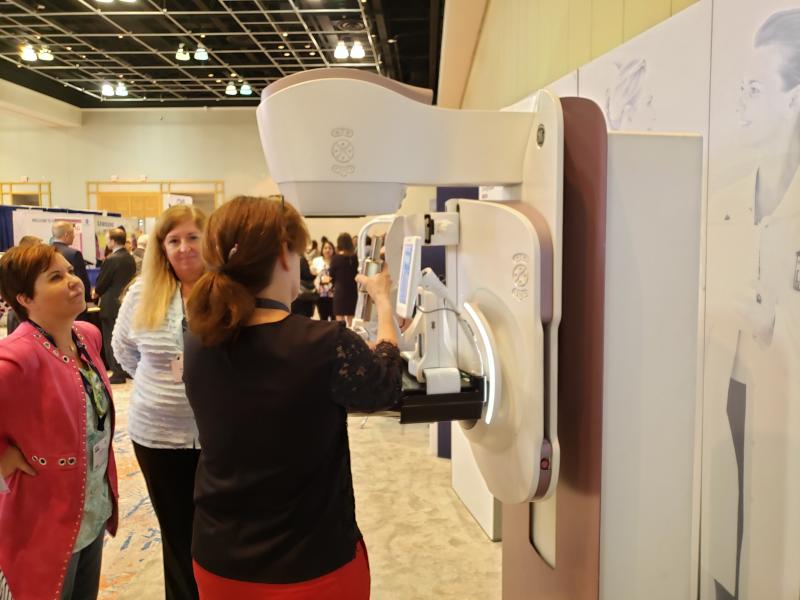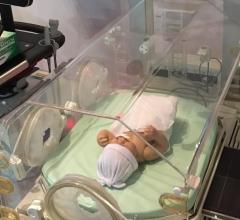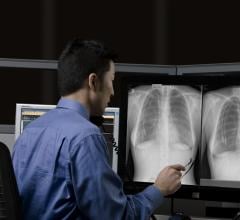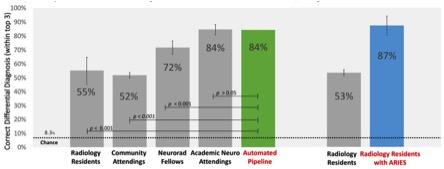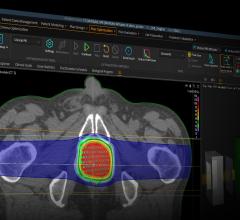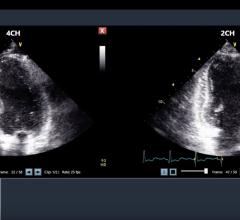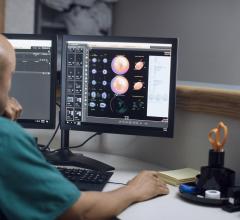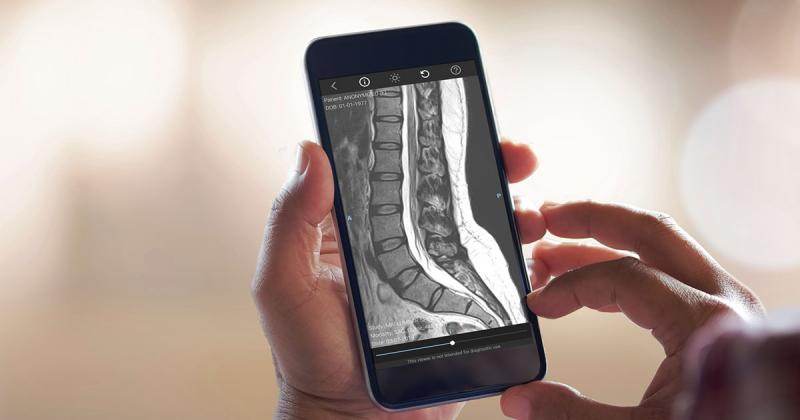Hyland Healthcare is launching ImageNext, a vendor-neutral imaging workflow optimizer that combines intelligent imaging workflow orchestration with an integrated, universal patient worklist. The solution connects to virtually any universal viewer, picture archiving and communication system (PACS) or vendor neutral archive (VNA); this allows users to intelligently route, sort and distribute imaging studies based on customer preferences such as physician location, schedule and subspecialty.
Artificial Intelligence (AI) and advanced visualization company TeraRecon announced its new iNtuition AI Data Extractor. The new technology empowers its clients to automatically transform clinicians’ archived and day-forward advanced visualization data into valuable AI research-ready training datasets.
Radiology departments have many different needs and face a wide variety of challenges that can impact their departments ...
The newly opened Provision CARES Proton Therapy Center in Nashville is the first clinic to connect the oncology ...
“… all this science I don’t understand. It’s just my job …” —Rocket Man lyrics by Elton John
Productivity and its enabler — efficiency — guided the display of products at the April Society of Breast Imaging (SBI) ...
Despite decades of progress in breast imaging, one challenge continues to test even the most skilled radiologists ...
The upcoming release of Civco’s Universal Couchtop ProForm Head & Neck Solution will allow proton therapy centers direct access to effectively treat central nervous system (CNS) cancer patients.
Artificial intelligence (AI) breast cancer screening specialist Therapixel announced the appointment of Matthieu Leclerc-Chalvet as chief executive officer on June 14, 2019. This follows a 5 million euros series A fundraising, and the appointment of Sacha Loiseau as chairman of the board. Leclerc-Chalvet is also joining the board of directors.
Contrary to what many people believe, artificial intelligence (AI) has played a role in breast screening technology for ...
Bayer Radiology’s Barbara Ruhland and Thom Kinst discuss how radiology departments can address the many different ...
Burnout in the medical profession is not uncommon, particularly as clinicians have become more overwhelmed by growing ...
Varian announced it has signed an asset purchase agreement to acquire the Boston Scientific portfolio of drug-loadable microsphere and bland embolic bead products for treating arteriovenous malformations and hypervascular tumors. When completed, this acquisition, in combination with the recent acquisitions of Endocare and Alicon, will expand Varian's portfolio of multidisciplinary integrated cancer care solutions.
Sudhen Desai, M.D., FSIR, interventional radiologist at Texas Children's Hospital, editor of IR Quarterly for the ...
eHealth Saskatchewan plays a vital role in providing IT services to patients, health care providers, and partners such ...
Smart software improved the performance of resident radiologists to the level of academic experts in neuroradiology ...
Philips recently announced new advanced automation capabilities on its Epiq CVx and Epiq CVxi cardiac ultrasound systems. With Release 5.0, both systems now include automated applications for 2-D assessment of the heart, as well as robust 3-D right ventricle volume and ejection fraction measurements, making accurate exams faster and easier to conduct.1 Together, the new applications provide clinicians with the means to confidently evaluate the heart’s function, increasing diagnostic confidence for patients with pulmonary hypertension, congenital heart disease, coronary disease and heart failure.
July 2, 2019 — Laurel Bridge Software announced an expanded relationship with 3M M*Modal, a provider of clinical ...
RaySearch announced the release of RayStation 9A, the latest version of its radiation therapy treatment planning system (TPS). RayStation 9A holds several improvements, supports additional machines and treatment techniques, as well as enhancements in the integration with the next-generation oncology information system (OIS) RayCare.
DiA Imaging Analysis has partnered with Konica Minolta Healthcare Americas Inc. to expand analysis capabilities of Konica Minolta's Exa Cardio PACS platform (cardiovascular information system) with DiA's LVivo Toolbox for cardiac analysis.
As we strive to process today’s successive news cycles involving negative reports about immigration, it is easy for many ...
Quality care matters deeply to CarolinaEast Health System, an award-winning health system in New Bern, N.C. Yet managing ...
Mobile technology has become an intrinsic part of everyday life, with the vast majority of people owning smartphones ...


 July 05, 2019
July 05, 2019 




